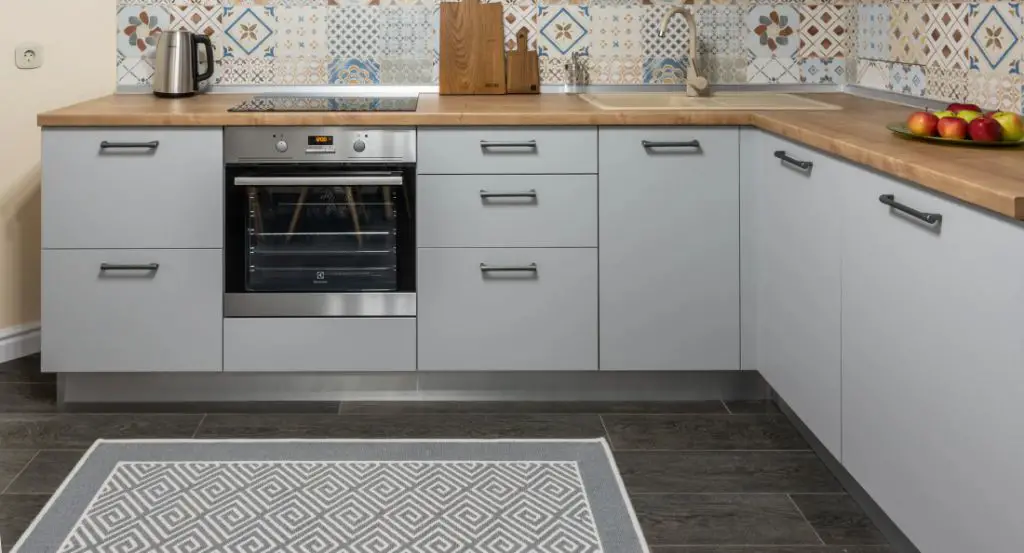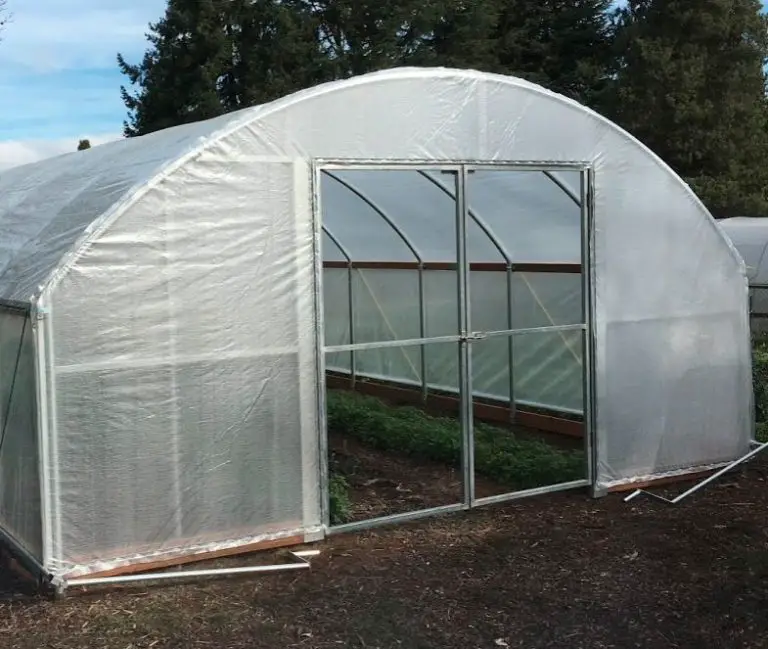What Surfaces Can You Not Tile On?
Tiling is a popular flooring option used in many homes and buildings. Ceramic, porcelain, and natural stone tiles are commonly installed over surfaces like concrete, plywood subfloors, existing vinyl or linoleum, and backerboards. When installed properly using the right materials, tile can create a durable, easy to clean flooring surface. However, some surfaces are not well-suited for tile installation and should be avoided.
Wood
In general, wood is not an ideal surface to tile on directly. Raw wood can warp and move over time as it expands and contracts with changes in moisture and temperature. This movement in the wood substrate can lead to cracked, loose, or falling tiles in the future.
Plywood, while more dimensionally stable than raw lumber, is also not rigid enough to properly support tile installations long-term. Plywood can sag or flex over time under the weight of the tile, leading to grout and tile failure. For these reasons, tiling directly on raw wood or plywood is not recommended by most tile manufacturers and industry organizations.
However, there are some limited cases where wood can be an acceptable substrate for tile. This usually requires taking special precautions such as using a membrane like Schluter Ditra over the plywood to reinforce it. Outdoor applications may also work with careful waterproofing measures. In general though, wood surfaces require additional preparation and reinforcement before they become suitable for tiling according to industry standards.
Sources:
https://www.doityourself.com/forum/wall-flooring-indoor-tiling/557873-can-you-tile-wood.html
Vinyl
Laying tile over vinyl flooring can be challenging because tile needs a perfectly smooth surface to adhere to properly. Vinyl flooring has a tendency to warp and shrink over time, creating an uneven surface (https://oasistile.com/pages/tile-over-vinyl-flooring). This can prevent the tile from bonding correctly. Additionally, the grout used with tile can stain and discolor vinyl flooring as it ages (https://www.stonesuperstore.co.uk/advice/tile-installation/what-to-do-before-tiling-over-vinyl-or-linoleum). Vinyl flooring is also flexible while tile is rigid, so movement in the vinyl can lead to cracked grout and tile. Therefore, tiling directly over vinyl is usually not recommended.
Carpet
Carpets are too soft and cushioned for tiling. Because carpet fibers have a lot of give, tile adhesives can’t grab onto the surface properly. This leads to tiles eventually coming loose or even detaching from the floor completely. Carpet is designed to absorb sound and provide comfort underfoot, while tile needs a firm, rigid base to stay in place. The soft, flexible nature of carpeting also makes it challenging to get tiles level and even across the surface. Any minor differences in the carpet’s pile height or density will transfer through to the tile layer.
Another issue is that carpet fibers prevent proper thinset adhesion. Adhesives bind to surfaces through mechanical and chemical bonding. The fibers get in the way and prevent the thinset from penetrating and keying into the backing of the carpet. Without that adhesion, the tiles will not remain fixed in place. The carpet also acts as a shock absorber, and any movement will compromise the integrity of the tile installation over time. For these reasons, tile floors and carpets don’t mix well. Most experts advise removing carpeting first before installing tile. However, there are some temporary flooring options you can use over carpet in certain situations.

Loose Lay Flooring
Loose lay floors like laminate or engineered wood float on top of the subfloor. They are not secured down in any way. This means tile cannot be installed directly over loose lay flooring, as tile needs a rigid surface that is secured to the subfloor.
If you want to install tile where there is existing loose lay flooring, the loose lay flooring would need to be completely removed first. The subfloor would then need to be prepared to accept the tile. This involves making sure the subfloor is clean, flat, and structurally sound.
Some options for prepping the subfloor include:
- Sanding down high spots
- Filling in low spots with floor leveler
- Replacing water-damaged subfloor sections
Once the subfloor is prepped, tile can be installed per manufacturer instructions. The tile needs to bond securely to the subfloor to prevent cracking or loosening of tiles over time. Loose lay flooring does not provide the stable, secured foundation needed for successful tile installation.
Concrete
Concrete surfaces can be difficult to tile if not properly prepared. Fresh concrete needs adequate time to cure before applying tile. Per the Tile Council of North America, concrete should cure for at least 28 days before tiling to prevent cracks from forming as the concrete continues to hydrate and dry [1]. Old concrete may also pose challenges if it has a smooth finish that prevents tile mortar from bonding effectively. In those cases, the concrete surface needs to be roughened up first via grinding, scarifying, acid etching, or applying a latex bonding agent so the mortar can grab hold [2].
Outdoors
Outdoor surfaces present some challenges for tiling due to exposure to the elements. Severe temperature fluctuations from hot summer days to cold winter nights can cause cracking in grout and tile. The repeated freeze-thaw cycle takes its toll over time. Tile installed on an uneven outdoor surface like dirt or grass can also become loose or uneven as the ground shifts. Using a mortar bed on top of a concrete slab helps prevent these issues.
According to this article, it’s important to use high quality setting materials designed for exterior use when installing outdoor tile. The article recommends using a polymer-modified mortar and grout to allow for slight movement and prevent cracking. Pre-sealing porous tile before installation is also advised to prevent water absorption and damage from freeze-thaw cycles.
Drywall
Drywall alone is not a suitable substrate for tiling. This is because drywall is made of gypsum and paper, which can degrade when exposed to moisture. When tile is installed directly on top of drywall, any water that seeps behind the tiles can cause the drywall to swell, warp, grow mold, and deteriorate over time.
For this reason, it is not recommended to tile directly on top of drywall, especially in wet areas like bathrooms and kitchens. If you want to apply tile in these locations, the drywall must first be made water-resistant. This is typically done by installing cement board, a backerboard product specifically designed for tile installation, over the drywall. Another option is to coat the drywall with a waterproofing membrane before tiling.
“You can tile directly on drywall if it’s in an area that doesn’t get moisture. Water can seep through the tile and drywall so it’s imperative it’s made waterproof first,” says Chris Turner, contractor and blogger at RealHomes.com. He recommends using a waterproof membrane like RedGard over drywall before tiling wet areas.
Alternatives
While tile cannot be directly installed on surfaces like wood or vinyl, there are alternatives that create a suitable substrate for tiling. One option is to install cement board, concrete backerboard, or fiber-cement board over the existing surface. According to Total Tiles, these materials provide a flat, stable surface that tile can adhere to. Cement board is made from Portland cement and sand, while concrete backerboard contains Portland cement with glass mesh reinforcement. Fiber-cement board is composed of cement, sand, and cellulose fibers. These boards provide the durability, stability, and moisture resistance needed for a tile substrate.
Another alternative is to apply a skim coat of mortar over surfaces like plywood or drywall to create the proper subsurface. It’s important to prepare surfaces properly before tiling – CTA Solutions recommends cleaning and etching glossy surfaces like tile or metal so the thinset mortar can bond. Surfaces should be structurally sound, flat, and free of contaminants. With proper subsurface preparation using alternatives like cement board or skim coats, even challenging surfaces can be prepped for tile installation.
Conclusion
In summary, the main unsuitable surfaces for tiling include wood, vinyl, carpet, loose lay flooring, concrete, outdoors, drywall, and some marginal surfaces. While preparation such as applying concrete backerboard or using an uncoupling membrane may allow tiling on some surfaces, it’s best to consult a professional tile installer for advice if you’re unsure whether a surface will support tile. The safest options for most DIY installations are surfaces like cement board, cement backer unit, greenboard, and existing tile. With proper planning and surface preparation, beautiful tile can be installed successfully in bathrooms, kitchens, and other interior spaces.


